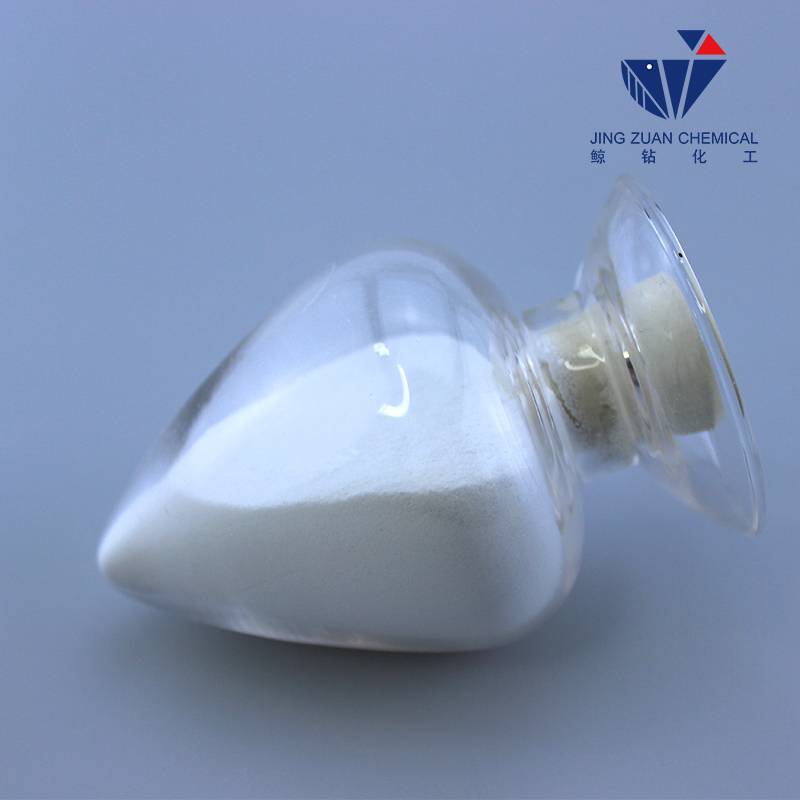
Nov . 27, 2024 10:04 Back to list
Hydroxypropyl Methyl Cellulose Production by Leading Manufacturers for Various Applications
Hydroxypropyl Methyl Cellulose A Comprehensive Overview of Its Production and Applications
Hydroxypropyl methyl cellulose (HPMC) is a versatile, non-ionic cellulose ether that finds wide application across multiple industries, including pharmaceuticals, food, construction, and personal care. As a popular product amongst manufacturers, HPMC is essential for various formulations due to its unique properties such as thickening, emulsifying, and stabilizing abilities. This article provides an in-depth look at HPMC, highlighting its manufacture, properties, and applications.
Manufacturing Process of HPMC
The production of hydroxypropyl methyl cellulose involves a careful chemical modification of cellulose, a natural polymer derived from plant cell walls. The primary raw material for HPMC production is wood pulp or cotton cellulose, which undergoes the following steps
1. Alkali Treatment The process begins with treating cellulose with an alkali solution, typically sodium hydroxide. This treatment swells the cellulose fibers and activates the hydroxyl groups, preparing them for etherification.
2. Etherification The activated cellulose is then reacted with propylene oxide and methyl chloride. During this chemical reaction, the hydroxyl groups on the cellulose backbone are replaced with hydroxypropyl and methyl groups, leading to the formation of HPMC. The ratio of hydroxypropyl to methyl groups can be adjusted to tailor the properties of the final product.
3. Purification and Drying After etherification, the resulting product is subjected to purification processes to eliminate by-products and unreacted materials. This purified HPMC is then dried, ground, and screened to achieve the desired particle size and consistency.
4. Quality Control Manufacturers perform thorough quality control tests to ensure that the HPMC meets specific standards. Key parameters include purity, viscosity, and solubility, which are critical for its functionality in various applications.
Properties of Hydroxypropyl Methyl Cellulose
HPMC possesses several key properties that make it attractive for a multitude of applications
- Water Solubility HPMC is soluble in hot and cold water, forming a clear and viscous solution. This property is particularly beneficial in industries like food and pharmaceuticals, where it acts as a thickening agent.
hydroxypropyl methyl cellulose manufacturer

- Thermal Stability HPMC is stable over a wide range of temperatures, making it suitable for products that require heat processing.
- Film-Forming Ability HPMC can form films upon drying, which is advantageous in coatings and barrier applications.
- Non-Toxicity As a non-ionic compound, HPMC is considered safe for use in food and personal care products, complying with regulations set by health authorities.
Applications of Hydroxypropyl Methyl Cellulose
Given its versatile nature, HPMC is utilized in various sectors
1. Pharmaceuticals In the pharmaceutical industry, HPMC serves as a binder, filler, and controlled-release agent in tablets and capsules. Its ability to form gels makes it ideal for ophthalmic formulations as well.
2. Food Industry HPMC acts as a thickener, emulsifier, and stabilizer in processed foods. It enhances the texture and consistency of sauces, dressings, and dairy products, while also contributing to the shelf-life.
3. Construction In construction, HPMC is used as an additive in cement and gypsum-based products. It improves the workability and adhesion of mortar and plaster, ultimately enhancing the application and performance of construction materials.
4. Personal Care HPMC is commonly found in cosmetic formulations, where it functions as a thickener and emulsifier. It is widely used in lotions, creams, shampoos, and hair gels due to its ability to stabilize emulsions.
Conclusion
Hydroxypropyl methyl cellulose is a critical ingredient across a myriad of industries, thanks to its multifaceted properties and applications. Manufacturers of HPMC play a vital role in ensuring the quality and availability of this essential compound, contributing to advances in healthcare, food technology, construction, and personal care. As industries continue to innovate, the demand for high-quality HPMC is likely to rise, supporting its ongoing significance in our daily lives.
-
HPMC for Tile Adhesive: Superior Bonding & Workability
NewsAug.30,2025
-
Premium Cellulose Ether: Effective Liquid Thickener Solutions
NewsAug.29,2025
-
HPMC for Tile Adhesive: Enhanced Bonding & Workability
NewsAug.28,2025
-
tile-bonding-additives-for-stronger-bonds
NewsAug.22,2025
-
construction-grade-rdp-for-wholesale-needs
NewsAug.22,2025
-
trusted-hec-supplier
NewsAug.22,2025







